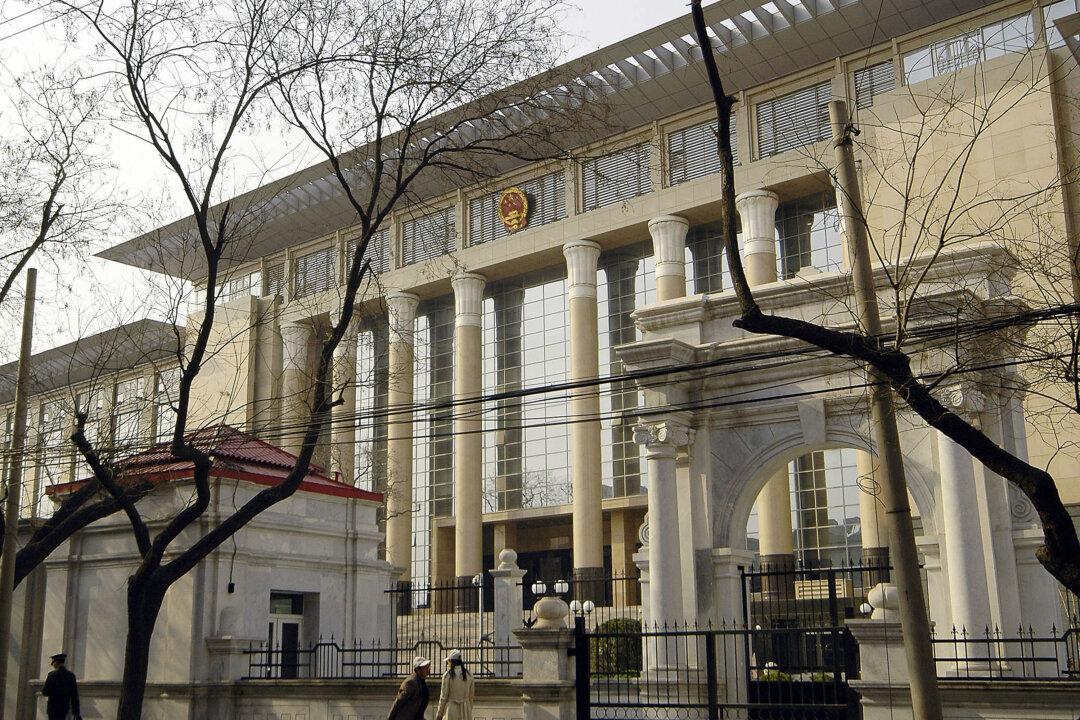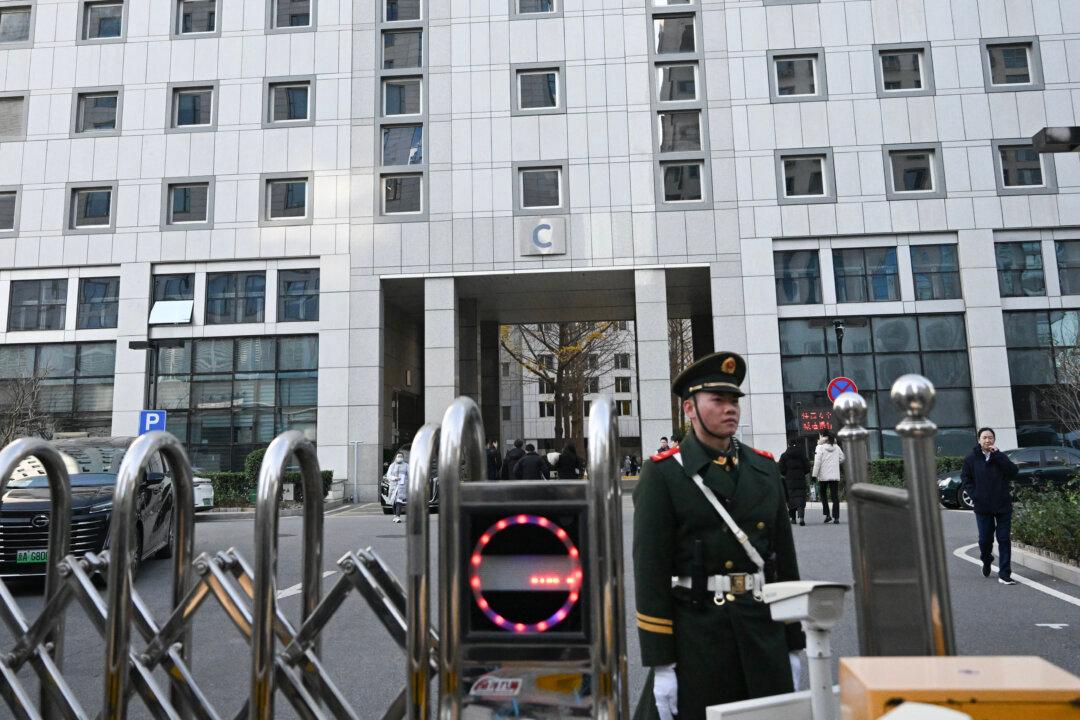Commentary
The American Republic was established through the blood of revolutionaries. The preamble of the U.S. Constitution provides the beacon for successive generations of Americans: “We the People of the United States, in Order to form a more perfect Union, establish Justice, insure domestic Tranquility, provide for the common defence, promote the general Welfare, and secure the Blessings of Liberty to ourselves and our Posterity, do ordain and establish this Constitution for the United States of America.”





